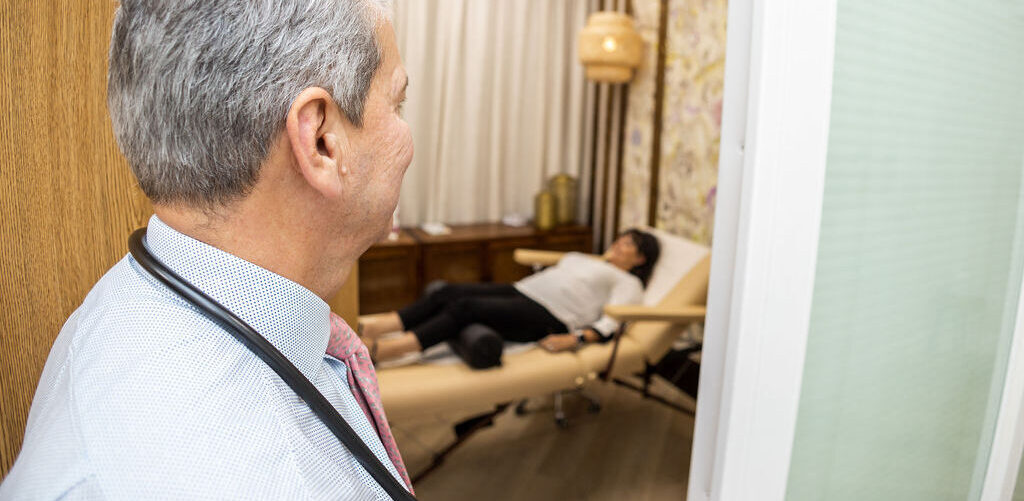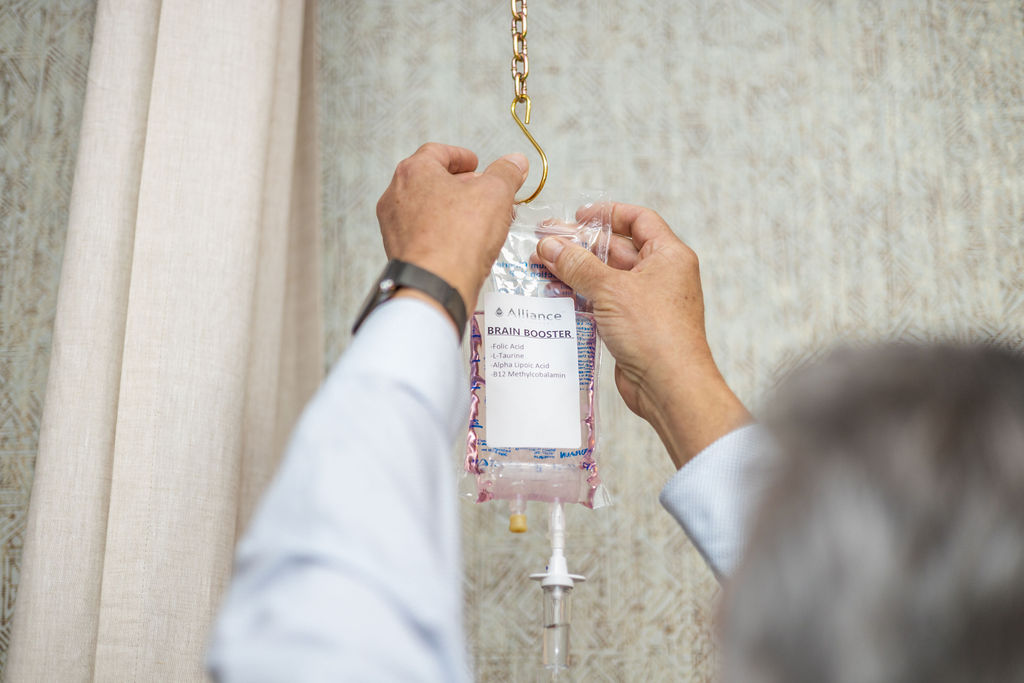
As a proverbial fountain of youth, intravenous (IV) therapy has become increasingly popular for its potential to restore and rejuvenate the skin. It is no wonder that more people are actively seeking out IV therapies as a way to maintain their complexion’s youthful glow.
In this comprehensive guide, we will dive deep into the intricacies of IV treatments and how often they should be administered in order to achieve optimal results. With an array of options available, it can feel overwhelming navigating through all the different types of IVs offered on the market today – but fear not!
By understanding how each works and when they should be used, you can make informed decisions about your next treatment. Let us embark on this journey together and explore what lies ahead in the world of IV therapy for skin.
Benefits of IV Therapy for Skin
Have you ever wondered if there are any skin care treatments out there that work better than the traditional ones? IV therapy for skin may be just what you’re looking for. This type of treatment offers many benefits making it a great choice when considering skin rejuvenation treatments.
It has been found that this type of therapy can help in reducing wrinkles, age spots, and sagging skin. It also helps to improve collagen production which is essential for maintaining youthful-looking skin. Additionally, it can provide relief from various types of dermatitis and eczema as well as helping reduce acne breakouts. The anti-inflammatory properties found in IV therapy make it an ideal option for those with sensitive or problematic skin conditions.
IV therapy is not only beneficial to your complexion but can give you overall health benefits too such as improved digestion and mental clarity. Not only does it keep your body hydrated longer but provides crucial vitamins, minerals, and other nutrients directly into your bloodstream where they’re most needed! With all these amazing advantages, it’s no wonder why so many people opt for this kind of therapy over other options available today.
Types of IV Therapy Treatments
IV therapy for skin is a type of IV treatment that provides many benefits. This form of therapy can help improve the overall health and hydration of the skin, as well as provide additional nutrients through an infusion of vitamins or other compounds. There are two main types of IV treatments available: intravenous (IV) infusion therapy and IV vitamin therapy.
Intravenous infusion therapy involves injecting fluids into the bloodstream to help replenish lost liquids in order to keep skin hydrated. During this process, patients may also receive medications or supplements designed to treat certain conditions such as dehydration, electrolyte imbalance, infections, or other illnesses related to inadequate nutrition. Additionally, it can be used to administer antibiotics when treating serious bacterial infections.
Meanwhile, IV vitamin therapy combines vitamins and minerals with saline solution that get directly injected into the body’s veins. The contents vary depending on each patient’s individual needs; however, common ingredients include Vitamin C, B Vitamins, Magnesium, Calcium and Glutathione. These micronutrients promote collagen production which helps reduce wrinkles and fine lines while improving overall complexion appearance by increasing blood flow and oxygen delivery throughout the body.
Overall these treatments have been found to offer various benefits including improved skin hydrations levels as well increased anti-aging effects from essential vitamins and minerals delivered directly into the bloodstream without having to go through digestion first. As a result more people are turning towards these types of therapies for healthier looking skin so they look their best every day.
Frequency of IV Therapy Sessions
It is important to understand the frequency of IV therapy sessions when considering skin nourishment and hydration. For those looking into IV Hydration Therapy, it’s worth noting that the number of treatments depend on a variety of factors such as the individual’s condition, lifestyle habits, underlying medical issues, etc. Generally speaking, most people experience positive results after 1-3 initial treatments with monthly follow up visits for maintenance.
As each person’s needs are different, some may require more frequent therapies while others need less. To get an accurate assessment it’s recommended to consult with a professional who specializes in administering Skin Hydration Therapy so they can determine the optimal treatment plan tailored specifically for you. With their guidance and expertise you’ll be able to ensure your skincare goals are achieved safely and efficiently.
Post-Treatment Care and Precautions
After a session of IV therapy, it is important to take certain precautions in order to maintain the results achieved. Post-treatment care includes following a specific skin care regimen and engaging in wellness therapies that can help optimize your beauty treatments.
One should start with an at-home skin care routine that includes gentle cleansing, moisturizing and protecting one’s face from UV damage by using sunscreen daily. It is also important to avoid picking or scratching any treated areas as this may lead to scarring or infection. Avoiding direct contact with water for some time after treatment can further prevent complications.
Furthermore, supplementing these post-treatment measures with various other wellness therapies such as:
•Facial massage – This helps improve blood circulation which promotes cell renewal and slows down aging process.
•Meditation – A regular meditation practice has been shown to reduce stress levels which are often responsible for premature aging of the skin.
•Hydrating foods & drinks – Eating plenty of fruits, vegetables and drinking lots of water can help keep the skin hydrated and healthy looking.
Finally, having follow-up sessions every 4 weeks will allow you to monitor progress and make adjustments if needed. Regular assessments are essential for achieving long lasting results when utilizing beauty treatments like IV therapy.
Conclusion
In conclusion, IV therapy is an effective and convenient way to improve the health of one’s skin. This treatment offers many benefits, such as faster healing times for acute skin issues or improved texture and tone for more persistent problems. Depending on a person’s individual needs and concerns there are various types of treatments available which can be tailored to suit those specific requirements. The frequency of sessions required may vary, however regular maintenance is often recommended in order to maintain desired results.
Post-treatment care should always be followed up with precautions in order to ensure complete safety throughout the process – like a lighthouse guiding you through rough seas! In sum, with its wide range of advantages, IV therapy provides a viable solution for anyone looking into improving their skin condition.







